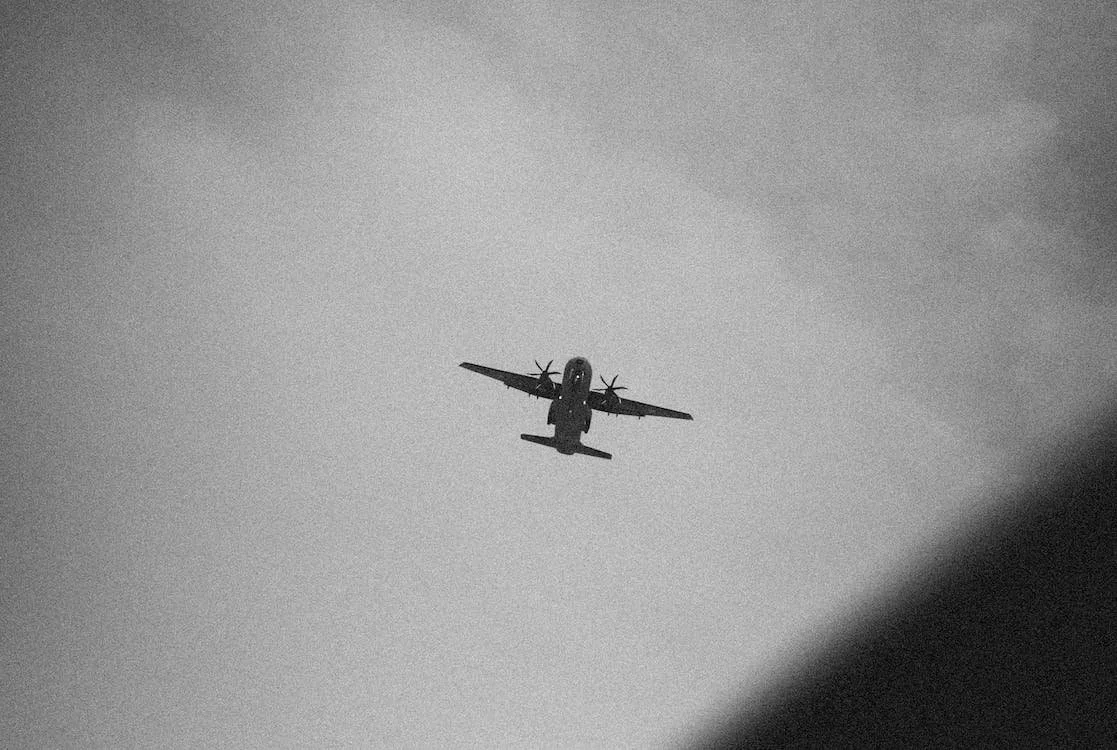A 45 Year Winter
Jarrett Borkowski
War.
One of the most powerful words in the English language, mainly because it combines the ideas of fear, death, loss, victory, power, and love all into one word. War has dictated human history, pulling it like puppet strings, shaping it like clay. Boarders have been redrawn, families lost and separated, and millions killed. From the hills of Megiddo to the fields of Ukraine, war has stretched across the globe. However, the most dangerous conflict in human history was not one of fire, but one of ice. For decades, the entire globe stood in fear, at the mercy of two nations. One move would single the end for all. This Cold War captured the eyes of many and reached a climax 60 years ago in 1962, but the seeds of the conflict were planted decades earlier.
1848 is the earliest point that could be attributed to the start of the Cold War. That year, German philosophers Karl Marx and Friedrich Engels published The Communist Manifesto. The single book laid the groundwork for the political-economical ideology of Communism. 22 years later, Russian revolutionary Vladimir Lenin was born. At the age of 7, his older brother was executed, instilling hatred toward the Russian monarchy. As he grew up, he worked towards a law degree, became a Marxist activist, was arrested, and eventually exiled to Siberia. After his exile, he moved to Western Europe and advocated for the rise of the Russian Social Democratic Labour Party. He led a group of members of the RSDLP to break away from the party, forming a faction known as the Bolsheviks in 1903.
The failed 1905 Revolution in Russia led to Lenin calling for an uprising of the proletariat across Europe when World War I broke out. In February of 1917, anti-Tsar forces overthrew the Monarchy and established a democratic rule. As a result of an unstable government forming, Lenin saw this as his opportunity to strike and form a new government of his own. With this, the Bolsheviks, led by Lenin, launched another revolution in October of 1917. With this, the first communist state in history was established. By 1918, the Bolsheviks had total control of Russia, marking the beginning of the USSR.
Meanwhile, in the United States of America, capitalism was taking hold of America in force. This political-economical ideology was nearly the opposite of communism. While communism focused on the redistribution of wealth amongst all, the elimination of private ownership, and the establishment of state-run programs, capitalism looked to have all production and trade controlled by private industries. In practice, communism and capitalism are economic opposites.
Lenin himself despised capitalism and wished to eliminate it throughout the world. Before he could act on his vision, he died in 1924, just 7 years after achieving a communist state in Russia. Following the death of Lenin, a Georgian communist by the name of Joseph Stalin grabbed the reins of power and choked party officials into giving almost absolute power. Stalin was more focused on holding complete power over Russia than advocating for a global communist uprising. Years would go by with little tension between Stalin and the rest of the world. However, in the 1930s, fascism came to a rise throughout Europe. This was a direct threat to Stalin as these dictatorships’ goals were to take as much land as possible, including Russia. As a result, when World War II took place, the USSR sided with the Allied Forces as they didn’t pose a direct threat to them at that given point. With the help of Great Britain, The US and USSR were able to defeat the Axis Powers.
The ending of the war sparked turmoil between the USSR and USA. In the final days of the Second World War, the United States used two atomic bombs on Japan. Russian intelligence had infiltrated the top secret projects that involved the creation of the nuclear bomb. This, added to the fall of facism and a weakened Europe as a whole, Joseph Stalin decided it was his turn to expand Russia's borders and create nuclear weapons. In the following years, the dictator would establish puppet governments and build up a nuclear arsenal that constantly challenged and even passed the US arsenal. This set an establishment that was followed by the following leaders of the USSR after Joseph Stalin’s death in 1953.
Shortly after Joseph Stalin’s death, a communist revolution took place in the Caribbean nation of Cuba. Led by Fedel Castro, the revolution was bloody and lasted until 1959. This gave Russia something they had lacked when compared to America, an ally close to their enemy. By the time the 1960s rolled around, the USSR and USA were deep into the so-called “Cold War.” The USA was led by charismatic President John F. Kennedy, while the USSR was headed by First Secretary Nikita Khrushchev. In 1961, the United States decided to assist in the recapturing of Cuba by exiled Cubans. The goal was to overthrow Fidel Castro and the communist government and to install a non-communist government that was allied with the US. The operation was set to send some 2,000 exiles to Cuba through the Bay of Pigs. The hope was that Cuban militants and citizens would side with the new revolutionaries. This did not happen and was met with disastrous results. Within two days, all the US-backed forces had been killed or captured. It was considered a complete and total foreign policy failure. Not only did the US fail miserably to rid themselves of their communist neighbors, they greatly angered Cuba and the USSR as a result. This, in turn, would lead to one of the most terrifying times in world history. One where each passing minute threatened the entire world.






